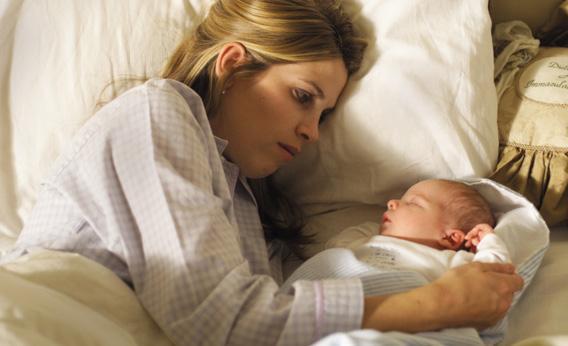Michelle Goldberg’s story on the growing backlash against the U.S. home birth movement drew a sharp reply from Jennifer Block in Slate. Goldberg responds here.
Goldberg’s original piece was asking a specific question: Is a baby born at home in the United States today more likely to die than it would have been in the hospital? Goldberg suspects the answer is yes. Block, while pointing out the rough-edged advocacy of a home-birth critic whom Goldberg quotes, doesn’t directly contradict her. Instead, Block asserts that that statistics from other countries prove that home birth and hospital birth are equally safe.
I could list several recent large prospective studies (this one out of Canada, this one out of the Netherlands, and this one out of the United Kingdom) all comparing where and with whom healthy women gave birth, which found similar rates of baby loss—around 2 per 1,000—no matter the place or attendant.
Then she claims that we have no way of knowing how safe home birth is in the United States.
We could pick through those studies’ respective strengths and weaknesses, talk about why we’ll never have a “gold-standard” randomized controlled trial (because women will never participate in a study that makes birth choices for them), and I could quote a real epidemiologist on why determining the precise risk of home birth in the United States is nearly impossible. Actually, I will: “It’s all but impossible, certainly in the United States,” says Eugene Declercq, an epidemiologist and professor of public health at Boston University, and coauthor of the CDC study that found the number of U.S. home births has risen slightly, to still less than 1 percent of all births.
Block’s premise is that we can infer from the statistics of other countries that home birth is as safe as hospital birth in the United States. Here’s why that doesn’t track:
If anything, the experience of countries like the Netherlands shows why home birth in the United States should be presumed to be less safe. Dutch midwives are, first of all, much more qualified than U.S. home-birth midwives. Lay midwives preside over most planned home births in the United States. Their more highly trained counterparts, the certified nurse midwives (CNM), don’t usually attend home births. Lay midwives lose more babies than CNMs or doctors. Some home birth midwives in the United States have no formal training at all. Even the certified professional midwife credential (CPM) can be obtained by self-study, an apprenticeship, and a multiple-choice exam.
As Block notes, in the Netherlands, home birth is seamlessly integrated into a universal health care system where midwives work closely with doctors. In the U.S. medical system, home birth midwives run the legal gamut from outsiders to outlaws, depending on state law.
Unlike the United States, the Netherlands is a small, densely populated country where a large percentage of residents live close to a hospital. In Holland there is an advanced transfer system in place to get laboring women to a hospital should things go wrong at home. There is no comparable system in the United States.
For a woman trying to decide where to give birth in the United States today, the safety of home birth in the Netherlands is a complete red herring. And anyone who holds up the Dutch system as an example of safe home birth should therefore be wary of home birth as it is practiced here.
